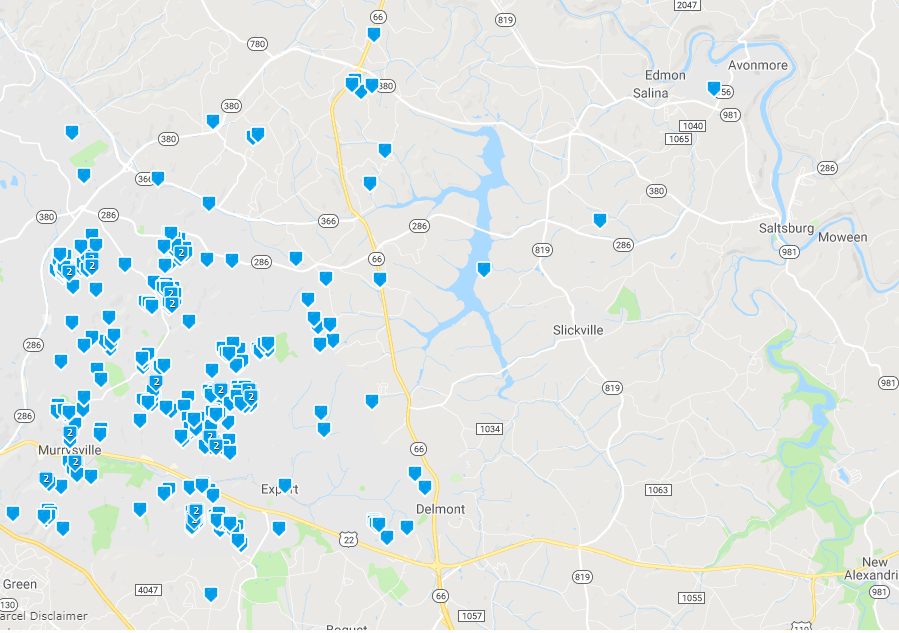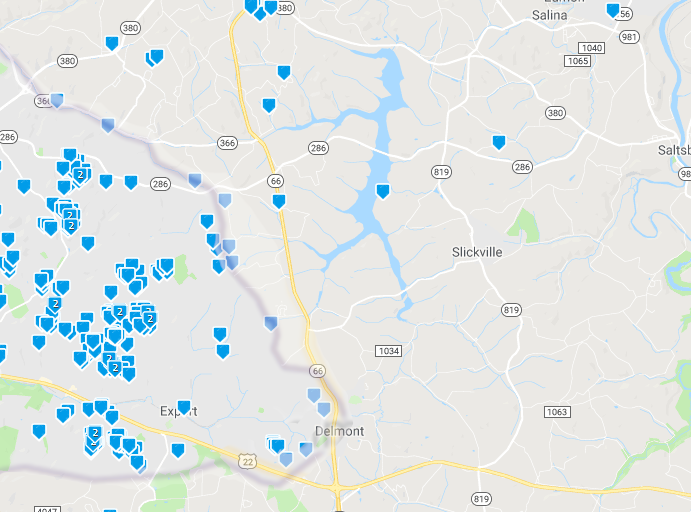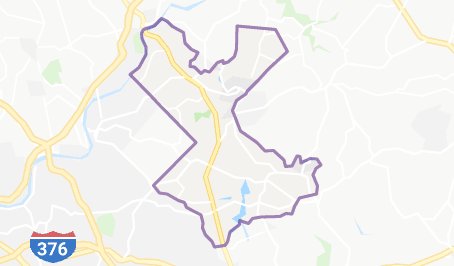When purchasing an older home, whether you intend to renovate with the plan to live in it or “flip it”, there are some risks you should familiarize yourself with before you begin.
Lead- Lead is often found in the paint, plumbing and the settled dust of an older home. Specifically, homes built prior to 1978 all carry the risk of lead based paint. If you want more information I wrote a blog article on the risks associated with this: https://www.tncresappraisals.com/blog/2022/10/14/lead-based-paint-cant-be-that-bad-or-can-it The best way to deal with lead issues is to consult with a certified lead professional before renovating.
Asbestos- Prior to 1980, asbestos was used in insulation, flooring, roof sheathing and even on textured ceilings. The EPA issued a ban on most products containing asbestos in 1989. When the asbestos fibers are damaged or disturbed, the become airborne which is when it poses the greatest hazard as you breathe these fibers into your lungs. This exposure can show up years later in the form of lung cancer and mesothelioma. When you suspect a material contains asbestos, never sand, scrape or drill holes through it. It is best to use an asbestos abatement professional to determine if something contains asbestos and for any type of repair or removal.
Mold- This can be one of the most insidious of the problems as it is a living organism that, when not treated thoroughly, can reoccur continuously. It also can hide and not appear as an issue until it is an overwhelming problem. It is most likely to occur in areas where there is plumbing or water infiltration like a roof leak or poorly sealed window frame. Those with pre-existing health issues such as allergies or lung problems can be overly sensitive to mold spores. In areas where there is more than 100 square feet of affected area, it is strongly recommended that you use a professional to remediate this issue.
While all three of these health hazards can be scary to think about, each of them are treatable with the right kind of professional. Know the risk and evaluate their impact within your decision process.






